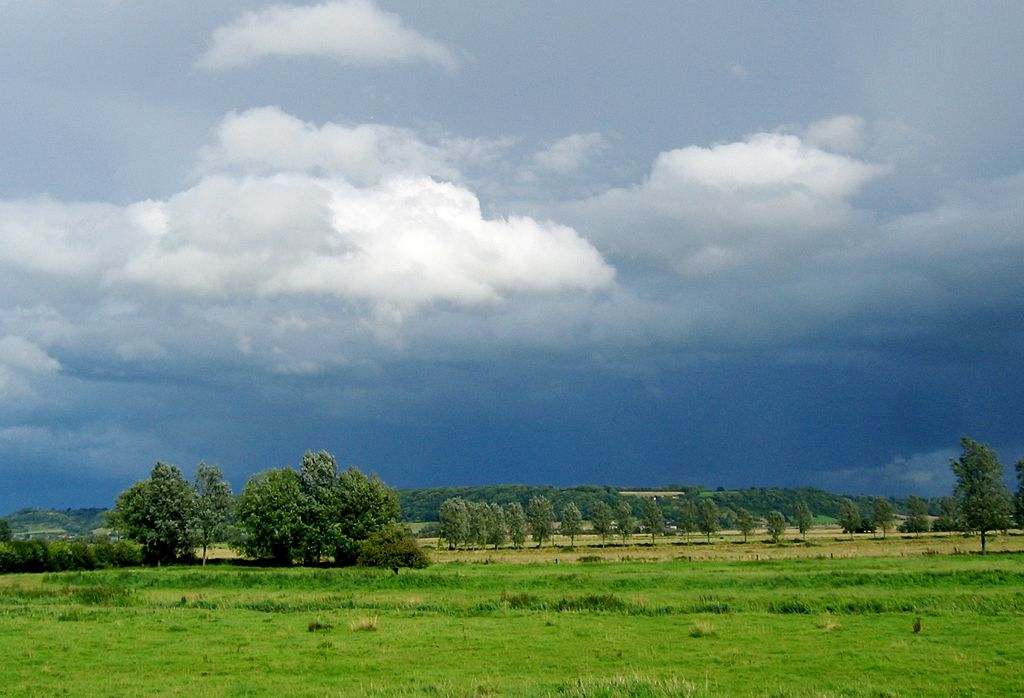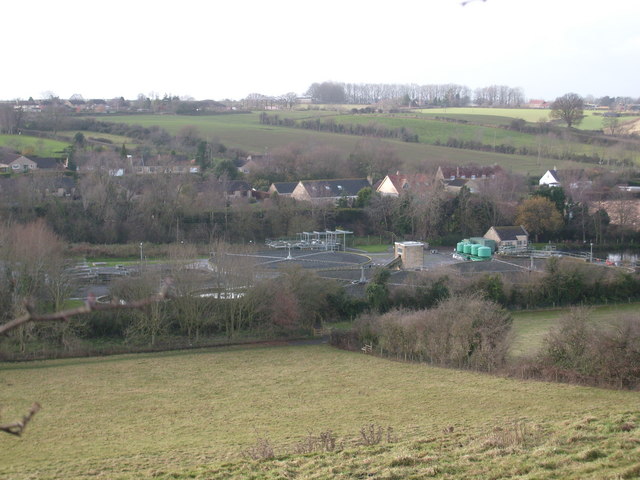
Dear Sir/Madam,
I am writing to you in order to highlight what I perceive to be a greenwashing issue regarding the Somerset Levels.
I was under the impression that following the Dutch N court case, the Somerset levels were protected from any additional phosphate discharge due to either their unfavourable condition or that they are at high risk due to already high levels. Consequently, all new development sites in the area could not be given planning permission if they would add to the already existing problem.
I am surprised to find that planning permission is now being granted in the local area for new developments. Searching the South Somerset Planning portal, one that stands out is the proposed development for 30 new dwellings (20/03071/FUL) in the village of South Petherton.
Reading through the documentation, leads me to think that this is an example of greenwashing.
The plans propose “Phosphate mitigation measures”
These measures being to fallow 7.4 Ha of grassland for 5 years. This in itself is not enough to cover the total phosphate run off and so it is proposed to retro-fit water saving equipment to 24 existing properties within the catchment area. (No mention of where these properties exist as far as I can see) Also, the technology is actually a “Cenergist Control Flow HL2024” device which is claimed can reduce water usage but actually reduces flow rates. I don’t claim to be an expert but a bath full is a bath full regardless of how long it takes to fill up.
I also note (as did Natural England in its report) that the Habitats Regulation Assessment (HRA) has been produced by the applicant and not the Local Authority. This suggests a conflict of interest to me. In particular, the Nature England report states that the applicant has opted not to use the accepted Royal HaskoningDHV calculations for calculating phosphate budgets. (I have tried applying this method, but my expertise does not stretch that far)
It is the local authority’s duty to carry out a HRA and be accountable for its conclusions!!!
Another worrying section states that “The alternative Phosphate Mitigation Measures have been implemented in full to the reasonable satisfaction of the Council”
Reasonable is not good enough in my opinion. Can the Council afford to actually monitor this? Will someone check the reduction in water usage at the 24 properties? Will someone be checking the fallow land for use of fertilizer or signs of animal grazing? If so, how often will this happen? Public access to the fallow land is not allowed in the plans, and so reporting of any action that contravenes the plan by the public will not be possible.

In addition to all of this, it is being assumed that Wessex Water has upgraded the Sewage Treatment Plant to adequately remove phosphates before the end of the 5 year fallowing period. I cannot find any reference to the upgrading of the South Petherton Sewage works in the Wessex Water development plan. AMP6 or AMP7.
I would also like to add:-
“The Local Plan housing figure of 229 dwellings for South Petherton. The Council’s latest Annual Monitoring Report (March 2022) identifies 335 housing completions and commitments for South Petherton up to 31st March 2021. This represents a figure 46% over the local plan target. The proposed development before members for 30 dwellings would increase total provision to 365 dwellings which is 59% above local plan targets.”
It appears that the Environmental Agency Natural England and South Somerset Council have not done their job in blocking this development for the good of the Somerset levels.
Regards
Lloyd





